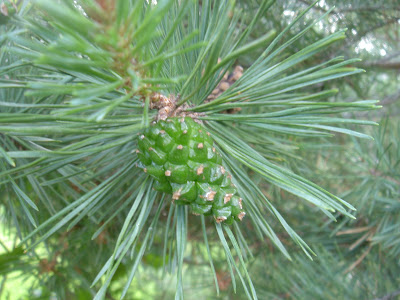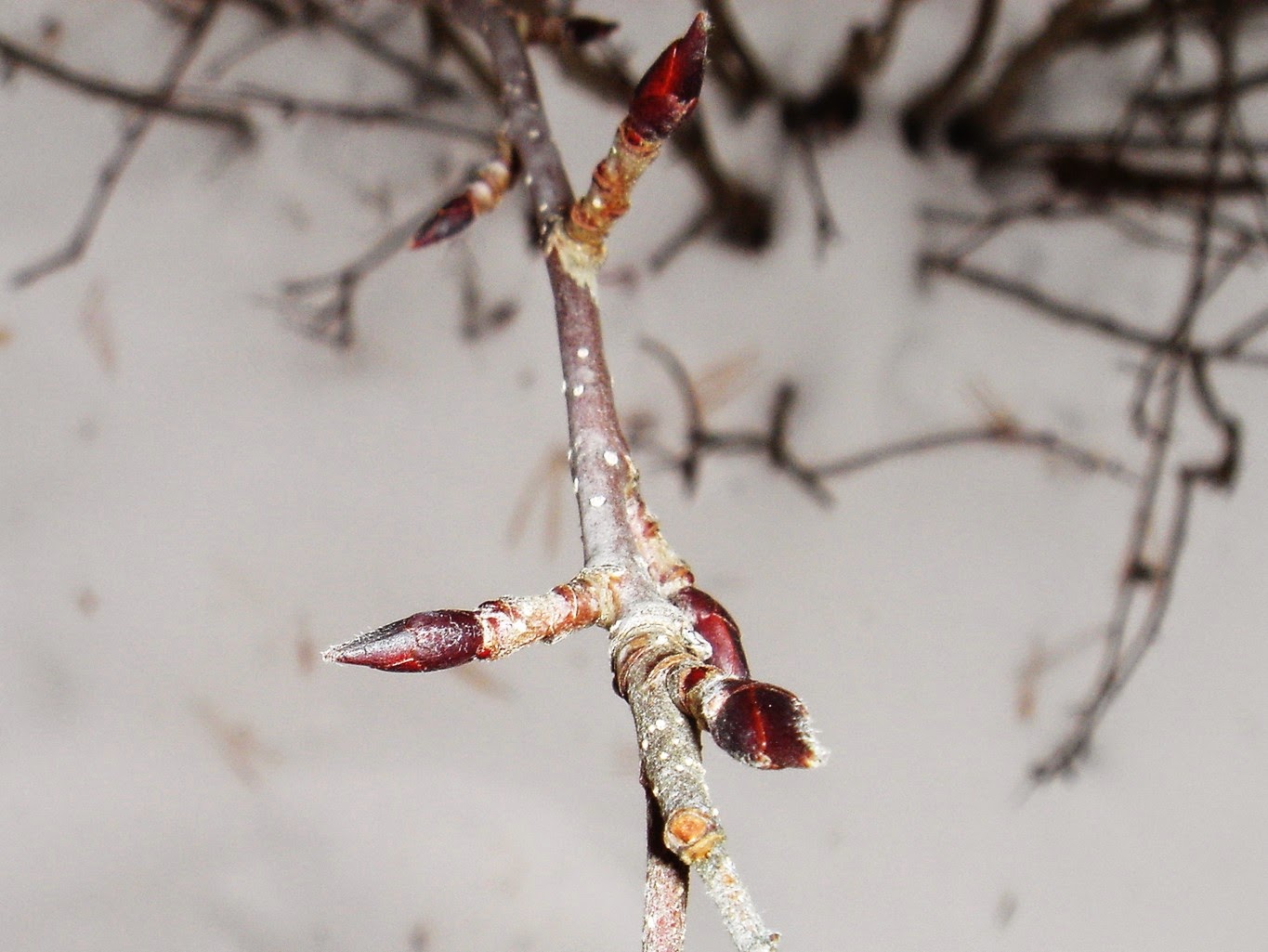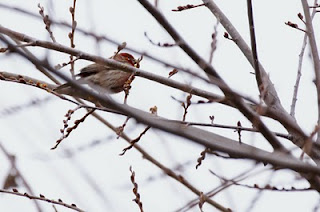Growing from 2 to 6 feet high on angular winged stems, Sneezeweed Helenium autumnale is blooming on all sides of the pond.
The flowers are showy, golden yellow with a domed center. These late-summer plants will feed butterflies and unfold their blooms until winter comes.
The common name 'Sneezeweed' came about because the pollen, when inhaled, causes sneezing. In the past, the powdered flower heads were used in medicine to cause violent sneezing as treatment.




























